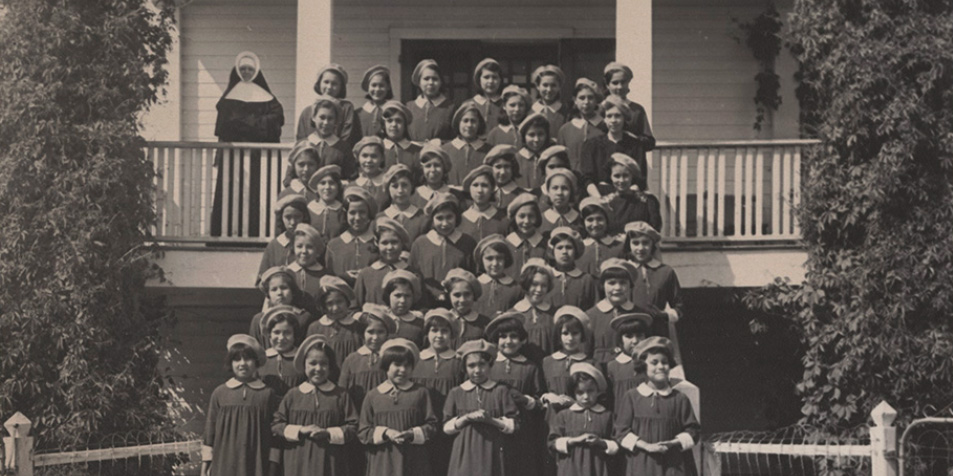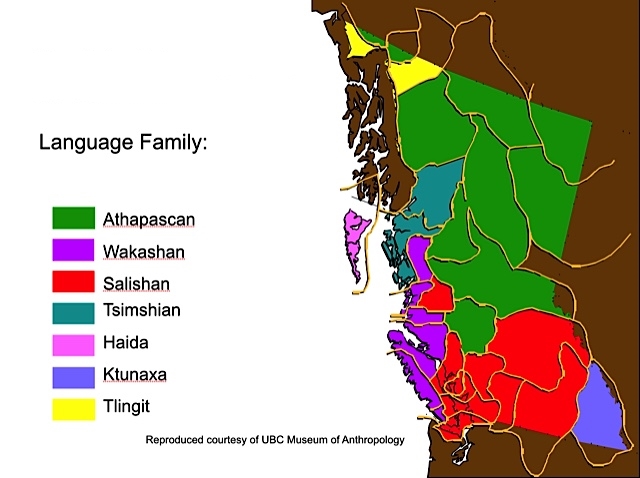Bands Call for Return of Agency #1 Lands
Rainy Lake has always been important to the Anishinaabe of this region,” says Chief Janice Henderson of Mitaanjigamiing First Nation. “The district...
Robert Janes, Janes Freedman Kyle Law Corp, Aboriginal Law in Canada Blog
The decision of the Nunavut Court of Justice in NTI v. Canada (Attorney General), 2012 NUCJ 11 is finally available and makes for interesting reading for those interested in the question of the degree to which the courts will hold Canada accountable for the implementation of modern treaties. This case is a cautionary tale for both aboriginal peoples and Crown. For aboriginal people contemplating ratifying a modern treaty the facts of this story send an important message about the degree to which they can expect Canada to act with good intentions and honourably based upon political good will: don't expect it to happen. Before the litigation commenced Canada clearly dragged its heels in implementing a major promise made in the Nunavut Lands Claim Agreement (NLCA); finally only acted in the face of litigation; and aggressively resisted any timely adjudication of its dispute with NTI or any meaningful remedy once litigation commenced. In a word, Canada acted throughout as a bully.
For Canada the cautionary tale lies in the outcome of the case. While the judgment is a dense read (not made easier by the unfortunate typeface and formatting used by the court) with many procedural twists and turns the core message that comes through in the end is one of outrage. Justice Johnson clearly came to the view that Canada was a bully throughout and essentially was shirking honouring ts obligations under the treaty to the extent that it could and trying to delay and avoid any real consequence for disregarding its obligations. In Justice Johnson's judgment there is a clear sense that this is no way to encourage any meaningful form of reconciliation with aboriginal people and that the Courts cannot allow such conduct to go unsanctioned. Given Canada's conduct Justice Johnson was willing to cut through significant legal thickets to provide a timely and meaningful remedy.
The judgment is lengthy and much of it focuses on technical questions concerning whether or not summary judgment is available in the circumstances. In the end though this case boils down to a few relatively simple observations.
First, under Section 12.7.6 of the NLCA there is a requirement for general monitoring to collect and analyse information on the long term state and health of the ecosystemic and socio-economic environment in the Nunavut Settlement Area. Government, in co-operation with the NPC, shall be responsible for developing a general monitoring plan and for directing and coordinating general monitoring and data collection. Under the NCLA there is a schedule established for planning and implementing this general monitoring plan (which is called the Nunavut General Monitoring Plan or NGMP). Canada was ultimately responsible for implementing and financing the NGMP.
Second, despite being prodded by NTI for several years to get on with planning and implementing the NGMP, Canada declined to move forward with this obligation until NTI commenced this action in the Nunavut Court of Justice. Finally in 2010, several years behind schedule, Canada implemented the NGMP.
Third, the Inuit were collectively worse off because of Canada's failure to implement the NGMP as they were deprived of the performance of the their agreement but also because they were deprived of the knowledge and data that would have come from a properly implemented monitoring program. However,the loss suffered by the Inuit because of this breach is very difficult to put into numerical or cash terms.
Fourth, Canada undoubtedly benefited from its foot-dragging as essentially it avoided several years of monitoring costs. Canada's savings were somewhere between $11,000,000 and $14,000,000.
The two real substantive questions before the Court were these: (1) did Canada breach the Nunavut Lands Claim Agreement and (2) what damages should be awarded? Needless to say Canada denied that it breached the agreement, essentially putting forward a halfhearted argument that this was a discretionary promise that it was free to delay as it saw fit. More seriously Canada denied that the Inuit should get any remedy or meaningful award of damages. Canada said no declaration was needed because it had now started implementing the NGMP. It also said that because the Inuit could not prove what harm they suffered in a numerical sense their damages should be limited to "nominal" damages -- that is to a symbolic figure such as $100.
Needless to say NTI had a different perspective on these issues. NTI argued that the implementation of the NGMP was an important part of the overall treaty package for which they had made significant sacrifices. The treaty established a relationship between Canada and the Inuit in these circumstances that was both contractual and fiduciary in nature. Canada's delay in implementing the NGMP amounted therefore to both a breach of contract and breach of fiduciary duty. NTI also argued that given the special circumstances of this case and given the fact that Canada had clearly benefited from a breach of treaty that harmed the Inuit the fact that damages were hard to quantify should give rise to a damages calculations based upon what lawyers call "disgorgement" -- in lay terms, Canada should be required to "choke up" the benefit it got from its breach of the treaty.
Once the Court worked its way through the procedural thicket of whether or not it could grant summary judgment (that is, judgment before a full-blown trial) it had a reasonably easy time in finding that Canada had breached both its plain legal obligations under the treaty and its fiduciary duties towards the Inuit.
Fundamentally the Court found that there was clear evidence of a commitment to plan and implement the NGMP in a timely way that was in fact reflected in a schedule and Canada simply failed to move ahead with the matter without any explanation other than the desire not to invest the time, effort and resources.
This aspect of the decision will be undoubtedly challenged on appeal both for technical as well as substantive reasons. Substantively it will be most interesting to see if the appeal courts uphold the finding that there was a fiduciary duty and a breach of that duty. That finding -- which is a more flexible and generally applicable finding -- marks a clear revival of what had been something of a whithering branch of the aboriginal law tree. While the courts have been applying the concept of the honour of the Crown liberally in the last few years there has been less willingness to impose the somewhat more stringent standards expected of a fiduciary. The application of this doctrine in the context of a modern treaty is a noteworthy event.
The Court then went on to the more complex issue of damages. Ultimately the court found that the Crown's behaviour was such that it would run against the tenor of the law and good public policy to allow the Crown to escape essentially unscathed from its breach of the treaty and its fiduciary duties. The Court therefore held that on either a contract basis or on the basis of a breach of fiduciary duty Canada was required to disgorge the savings it had made by breaching the treaty. On this basis Justice Johnson awarded damages of $14,817,500. The sense of Justice Johnson's concerns are best captured in the following passage:
[333] I am satisfied that Canada’s failure to implement an important article of the land claims for over 15 years undermined the confidence of aboriginal people, and the Inuit in particular, in the important public value behind Canadian land claims agreements. That value is to reconcile aboriginal people and the Crown. It would be manifestly unjust to allow the Crown to benefit from its failure to fulfill its obligations under Article 12.7.6. It is also important that to ensure that the Crown properly respects and fulfills its obligations under land claims agreements, including obligations to provide benefits that are not capable of being quantified in financial terms.
It will be fascinating to watch this case on appeal as it is likely to arrive at the Supreme Court of Canada.

Rainy Lake has always been important to the Anishinaabe of this region,” says Chief Janice Henderson of Mitaanjigamiing First Nation. “The district...

To honour and support the Closing Events of the Truth and Reconciliation Commission of Canada (TRC), May 31 - June 3, 2015, in Ottawa, we have...

There is common misconception that BC First Nations are all the same. When you take a look at this map of BC First Nations Language Families, that...